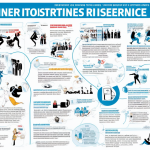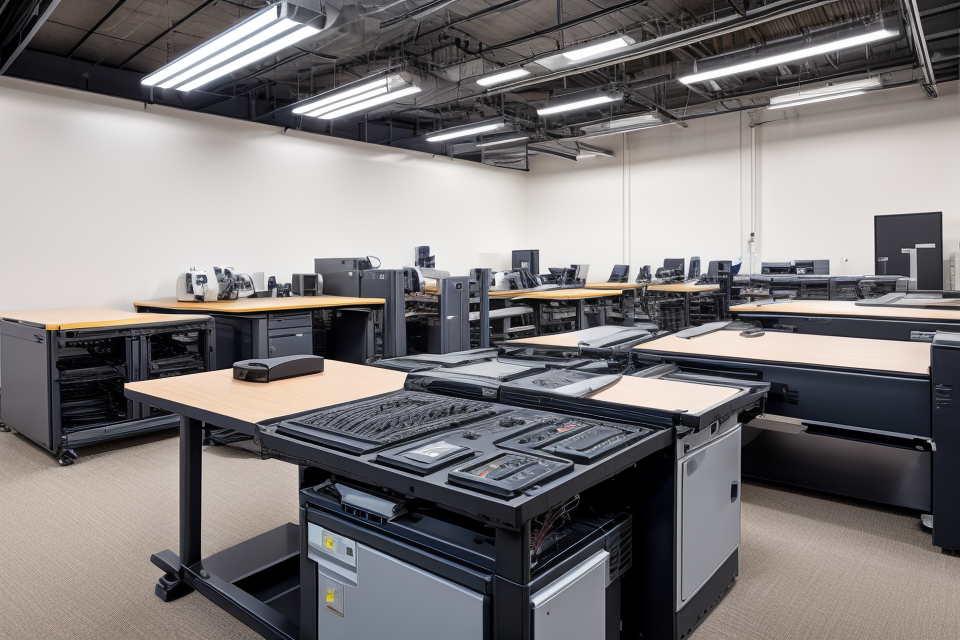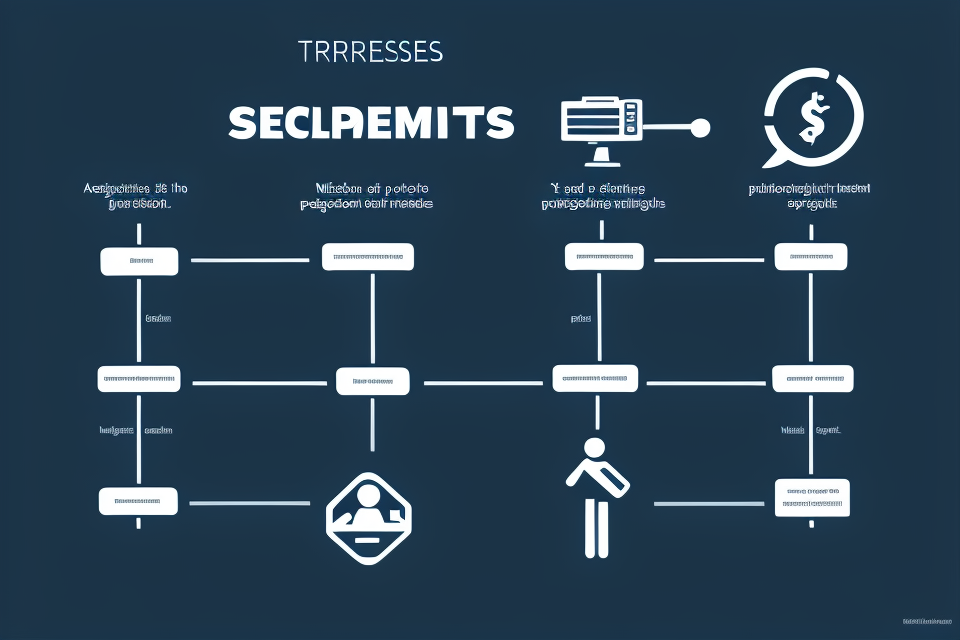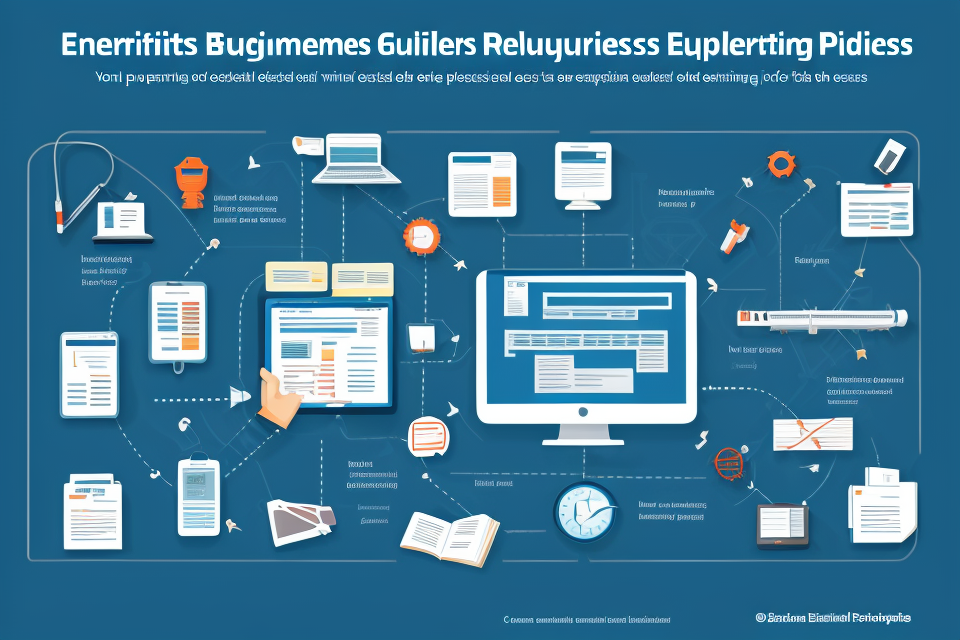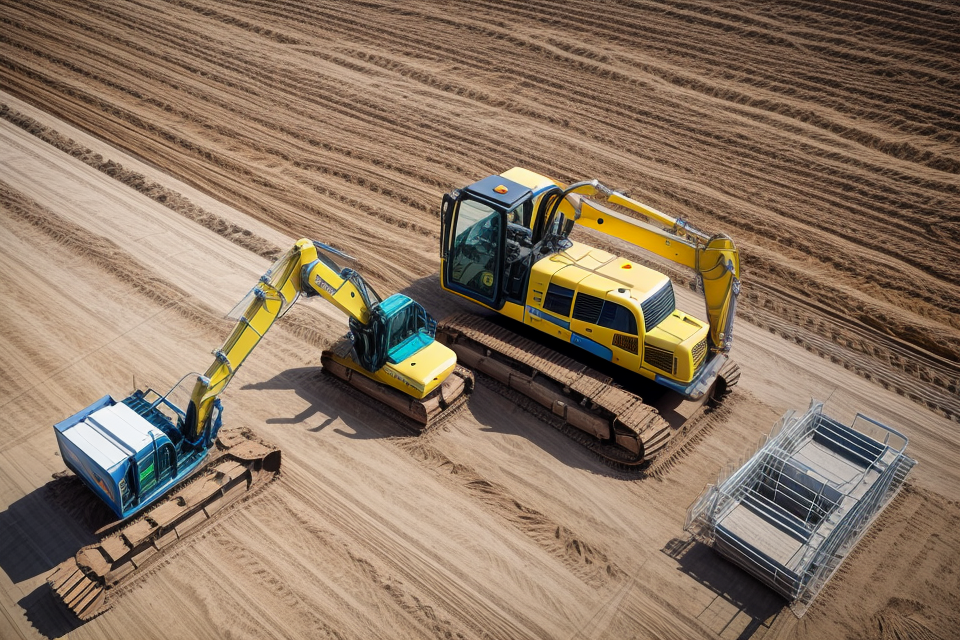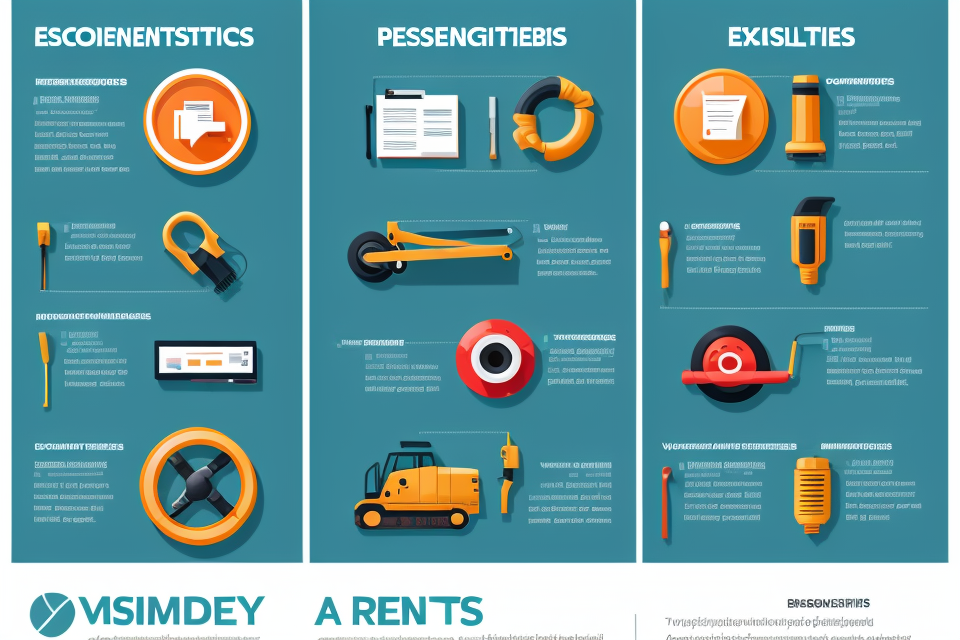When it comes to equipment selection, there are a variety of factors to consider in order to make an efficient and effective decision. Whether you’re looking to purchase new equipment for your business or invest in new tools for your personal use, understanding the key criteria for equipment selection is crucial. From budget constraints to the specific needs of your industry, this article will explore the essential elements to consider when selecting equipment to ensure that you make the best choice for your needs. So, let’s dive in and discover the criteria for equipment selection that will lead to a successful outcome.
Factors Influencing Equipment Selection
Financial Considerations
Cost of Acquisition
When selecting equipment, the cost of acquisition is a crucial factor to consider. This includes the initial purchase price of the equipment, as well as any additional costs such as transportation, installation, and training. It is important to evaluate the total cost of ownership over the expected lifespan of the equipment, rather than just focusing on the upfront cost.
Operating and Maintenance Costs
In addition to the cost of acquisition, operating and maintenance costs should also be considered. These costs include expenses such as electricity, consumables, repairs, and replacements. Evaluating the operating and maintenance costs over the equipment’s lifespan can help identify cost-effective options and prevent unexpected expenses.
Budget Allocation
When making equipment selection decisions, it is essential to allocate budgets appropriately. This involves setting realistic budgets for each project or department and considering the total cost of ownership when comparing equipment options. By carefully managing budgets, organizations can ensure that they select equipment that fits their financial constraints while still meeting their operational needs.
It is also important to consider the financial impact of equipment downtime when making equipment selection decisions. Downtime can result in lost productivity, reduced revenue, and increased costs, so it is crucial to select equipment that minimizes downtime and maximizes operational efficiency.
Technical Considerations
Equipment selection is a crucial process that requires careful consideration of various factors. Technical considerations play a vital role in the decision-making process as they ensure that the equipment selected meets the required performance standards and operates efficiently.
Performance Requirements
The first and foremost consideration in equipment selection is the performance requirements. The equipment should be capable of meeting the production requirements and operating at an optimal level. The performance requirements include factors such as production capacity, processing speed, and precision. It is essential to assess the equipment’s performance capabilities against the production requirements to ensure that it meets the necessary standards.
Functionality and Compatibility
Another important consideration is the functionality and compatibility of the equipment. The equipment should be capable of performing the required tasks and integrating with other equipment in the production process. It is crucial to assess the equipment’s functionality and compatibility with the existing production process to ensure that it can be integrated seamlessly.
Safety and Regulatory Compliance
Safety and regulatory compliance are also critical factors in equipment selection. The equipment should meet the required safety standards and regulations to ensure the safety of the operators and the environment. It is essential to assess the equipment’s safety features and compliance with relevant regulations to ensure that it meets the necessary standards.
In conclusion, technical considerations are a critical factor in equipment selection. The equipment selected should meet the required performance standards, integrate seamlessly with other equipment, and meet the necessary safety and regulatory standards.
Operational and Logistical Considerations
When selecting equipment, it is important to consider the operational and logistical requirements of the project. This includes factors such as space and facility requirements, transportation and installation, and operator training and support.
Space and Facility Requirements
The space and facility requirements of the equipment should be considered to ensure that it can be properly installed and operated within the available space. This includes factors such as the size and layout of the facility, as well as any specific environmental requirements, such as temperature and humidity control.
Transportation and Installation
The transportation and installation of the equipment should also be considered. This includes factors such as the weight and dimensions of the equipment, as well as any specialized equipment or permits required for transportation. It is important to ensure that the equipment can be safely and efficiently installed within the facility.
Operator Training and Support
Operator training and support is also an important consideration when selecting equipment. It is important to ensure that the equipment is easy to operate and maintain, and that the operators have access to the necessary training and support resources. This includes factors such as the availability of user manuals, technical support, and maintenance services.
Environmental and Sustainability Considerations
Energy Efficiency and Greenhouse Gas Emissions
When selecting equipment, it is crucial to consider the energy efficiency of the machines. Energy-efficient equipment can significantly reduce energy consumption and greenhouse gas emissions, which can have a positive impact on the environment. Energy-efficient machines consume less power, resulting in lower electricity bills and reduced carbon footprint. Therefore, it is important to choose equipment that meets the highest energy efficiency standards to minimize the environmental impact of the equipment.
Material and Waste Management
Equipment selection also involves considering the material and waste management aspects. Machines that are designed with sustainable materials and can be easily disassembled for recycling can significantly reduce waste and the environmental impact of the equipment. Additionally, selecting equipment that is designed for easy repair and maintenance can help reduce waste and extend the lifespan of the equipment, reducing the need for frequent replacements.
Life Cycle Assessment
Life cycle assessment (LCA) is a method used to evaluate the environmental impact of a product or equipment throughout its entire life cycle, from raw material extraction to disposal. LCA considers the environmental impact of the equipment’s entire life cycle, including the production, use, and disposal phases. Therefore, when selecting equipment, it is essential to consider the environmental impact of the entire life cycle of the equipment, from raw material extraction to disposal, to ensure that the equipment is environmentally sustainable.
By considering these environmental and sustainability factors, businesses can make informed decisions when selecting equipment that not only meet their operational needs but also have a positive impact on the environment.
Identifying Key Criteria for Equipment Selection
Assessing Business Needs and Goals
Aligning Equipment Selection with Strategic Objectives
- Identifying the strategic objectives of the business is crucial when making equipment selection decisions. This involves understanding the overall goals and vision of the organization and aligning equipment selection with these objectives. For example, if the strategic objective is to increase production efficiency, then the equipment selection process should prioritize equipment that supports this goal.
Identifying Performance Metrics and KPIs
- Identifying performance metrics and key performance indicators (KPIs) is an important part of assessing business needs and goals. This involves identifying the specific metrics that are relevant to the business and that will help to measure the success of the equipment selection process. For example, if the business needs to reduce production costs, then the KPIs should focus on cost savings and efficiency gains. By identifying these metrics and KPIs, the organization can ensure that the equipment selection process is aligned with the overall business objectives and that the equipment selected will help to achieve these objectives.
Evaluating Equipment Features and Specifications
Evaluating equipment features and specifications is a crucial aspect of the equipment selection process. To make an informed decision, it is essential to understand the various features and specifications that the equipment offers. This involves researching and comparing different models and brands to determine which equipment best meets the needs of the project or operation.
Here are some key considerations when evaluating equipment features and specifications:
- Technical specifications: Technical specifications refer to the measurable characteristics of the equipment, such as power output, speed, capacity, and size. These specifications can help determine whether the equipment is suitable for the intended use and can meet the required performance standards.
- Industry standards: Equipment should meet industry standards to ensure it is safe, reliable, and efficient. Familiarizing yourself with industry standards can help you evaluate whether the equipment you are considering meets the necessary requirements.
- Functional requirements: It is essential to consider the functional requirements of the equipment, such as its intended use, operating environment, and the tasks it will perform. This will help you determine which features and specifications are most important for your needs.
- User requirements: User requirements refer to the needs and preferences of the people who will be using the equipment. Consider factors such as ergonomics, ease of use, and safety features when evaluating equipment.
- Maintenance requirements: Equipment with lower maintenance requirements may be more cost-effective in the long run. Consider factors such as maintenance frequency, repair costs, and spare parts availability when evaluating equipment.
Overall, evaluating equipment features and specifications is a critical step in the equipment selection process. By researching and comparing different models and brands, you can make an informed decision that meets your needs and ensures efficient and effective operation.
Balancing Short- and Long-Term Considerations
Equipment selection is a critical process that requires careful consideration of various factors. While immediate needs may seem pressing, it is important to balance short-term and long-term considerations to ensure efficient and effective decision-making. Here are some key factors to consider when balancing short- and long-term considerations during equipment selection:
Prioritizing Immediate Needs and Long-Term Benefits
Equipment selection should prioritize both immediate needs and long-term benefits. For instance, if a business needs to expand its production capacity, it may be tempting to invest in equipment that can produce more goods quickly. However, it is also important to consider the long-term benefits of investing in equipment that is energy-efficient, durable, and requires less maintenance. Such equipment may cost more upfront, but it can save the business money in the long run by reducing operating costs and increasing efficiency.
Avoiding Short-Sighted Decision-Making
It is essential to avoid short-sighted decision-making when selecting equipment. This means considering not only the immediate needs of the business but also the long-term impact of the equipment on the organization’s goals and objectives. For example, if a business is expanding into a new market, it may need to invest in equipment that is versatile and can be used in multiple applications. This approach can help the business adapt to changing market conditions and stay competitive over the long term.
Additionally, businesses should consider the potential impact of the equipment on their brand and reputation. Investing in high-quality equipment that is known for its reliability and performance can enhance the business’s reputation and attract new customers. On the other hand, investing in low-quality equipment that is prone to breakdowns and malfunctions can damage the business’s reputation and lead to customer dissatisfaction.
Overall, balancing short- and long-term considerations is crucial when selecting equipment. By prioritizing both immediate needs and long-term benefits, avoiding short-sighted decision-making, and considering the potential impact of the equipment on the business’s brand and reputation, businesses can make informed decisions that will benefit them in the long run.
Making an Informed Decision
Developing a Structured Decision-Making Process
When it comes to selecting equipment, making an informed decision is crucial. One way to ensure that you make an informed decision is by developing a structured decision-making process. This process should include the following steps:
Defining Evaluation Criteria and Weightages
The first step in developing a structured decision-making process is to define the evaluation criteria and weightages. Evaluation criteria are the factors that you will use to evaluate the equipment. Examples of evaluation criteria include cost, reliability, and performance. Weightages are the relative importance of each evaluation criterion. For example, if cost is the most important factor, it would have a higher weightage than reliability or performance.
It is important to define the evaluation criteria and weightages carefully because they will guide the rest of the decision-making process. It is also important to ensure that the evaluation criteria and weightages are objective and consistent.
Conducting Comprehensive Equipment Assessments
The next step in the structured decision-making process is to conduct comprehensive equipment assessments. This involves evaluating each piece of equipment against the defined evaluation criteria. It is important to collect data on each piece of equipment, including its cost, reliability, performance, and any other relevant information.
During the equipment assessment, it is also important to consider the long-term costs of each piece of equipment. This includes not only the initial cost but also the cost of maintenance, repairs, and upgrades over the equipment’s lifespan.
Consulting with Experts and Stakeholders
In addition to conducting comprehensive equipment assessments, it is also important to consult with experts and stakeholders during the structured decision-making process. Experts may include equipment suppliers, maintenance and repair professionals, and industry experts. Stakeholders may include end-users, operators, and other individuals who will be affected by the equipment selection decision.
Consulting with experts and stakeholders can provide valuable insights and perspectives that may not have been considered during the equipment assessments. It can also help to ensure that the decision-making process is transparent and inclusive.
Overall, developing a structured decision-making process is an important step in making an informed equipment selection decision. By defining evaluation criteria and weightages, conducting comprehensive equipment assessments, and consulting with experts and stakeholders, you can ensure that you select the equipment that best meets your needs and goals.
Ensuring Transparency and Accountability
Ensuring transparency and accountability during the equipment selection process is crucial for making informed decisions. By maintaining open communication and documentation, organizations can ensure that their decisions are justifiable and align with their goals.
Documenting Decision-Making Rationale
Documenting the rationale behind equipment selection decisions is an essential aspect of ensuring transparency and accountability. By keeping detailed records of the decision-making process, organizations can:
- Justify their choices to stakeholders
- Demonstrate that they have considered all relevant factors
- Facilitate future audits or reviews
Sharing Information and Seeking Feedback
Sharing information about the equipment selection process with relevant stakeholders and seeking feedback is critical for ensuring transparency and accountability. This open communication can help to:
- Identify potential biases or conflicts of interest
- Surface concerns or alternative perspectives
- Promote collaboration and buy-in from stakeholders
In addition, actively seeking feedback from stakeholders can help organizations to:
- Address any misunderstandings or misconceptions
- Refine their decision-making criteria and processes
- Ensure that their decisions align with the organization’s overall goals and objectives
Implementing and Monitoring Equipment Performance
Once the decision has been made to purchase new equipment, it is crucial to implement and monitor its performance to ensure that it meets the requirements and expectations. Here are some key considerations for implementing and monitoring equipment performance:
Developing Post-Purchase Plans and Procedures
Before the equipment is delivered, it is essential to develop post-purchase plans and procedures. This includes determining how the equipment will be installed, how it will be integrated into existing systems, and who will be responsible for maintaining and repairing the equipment. Developing a comprehensive plan ensures that the equipment is set up correctly and that it is used effectively.
Continuously Evaluating and Improving Equipment Selection Process
After the equipment has been purchased and implemented, it is essential to continuously evaluate and improve the equipment selection process. This includes reviewing the performance of the equipment and identifying areas for improvement. By continuously evaluating and improving the process, organizations can ensure that they are making the most efficient and effective decisions when it comes to selecting and purchasing new equipment.
FAQs
1. What are the key criteria for equipment selection?
Answer: The key criteria for equipment selection include:
- Functionality: The equipment should be able to perform the required tasks efficiently and effectively.
- Reliability: The equipment should be dependable and have a low likelihood of breaking down or requiring repairs.
- Cost: The equipment should be affordable and offer good value for money.
- Maintenance: The equipment should be easy to maintain and require minimal upkeep.
- Compatibility: The equipment should be compatible with other equipment and systems in the facility.
- Safety: The equipment should meet safety standards and be safe to use.
- Environmental Impact: The equipment should have a minimal environmental impact and be sustainable.
- Vendor Support: The vendor should provide good technical support and be responsive to any issues that may arise.
-
2. How do I determine my equipment needs?
Answer: To determine your equipment needs, consider the specific tasks that need to be performed, the volume of work, and any special requirements. It is also important to consider the size and layout of the facility, as well as any regulatory requirements. Additionally, it is helpful to consult with experts or vendors to ensure that you are selecting the most appropriate equipment for your needs.
-
3. What is the importance of considering reliability in equipment selection?
Answer: Reliability is an important factor in equipment selection because it can have a significant impact on the efficiency and productivity of the facility. Equipment that is unreliable or prone to breaking down can lead to downtime, delays, and increased maintenance costs. Therefore, it is important to select equipment that is dependable and has a low likelihood of requiring repairs.
-
4. How do I determine the cost of equipment?
Answer: The cost of equipment can vary widely depending on the type of equipment, its features and capabilities, and the vendor. It is important to consider not only the initial purchase price, but also any ongoing costs such as maintenance, repairs, and upgrades. Additionally, it is important to consider the total cost of ownership over the lifetime of the equipment.
-
5. What is the importance of considering compatibility in equipment selection?

